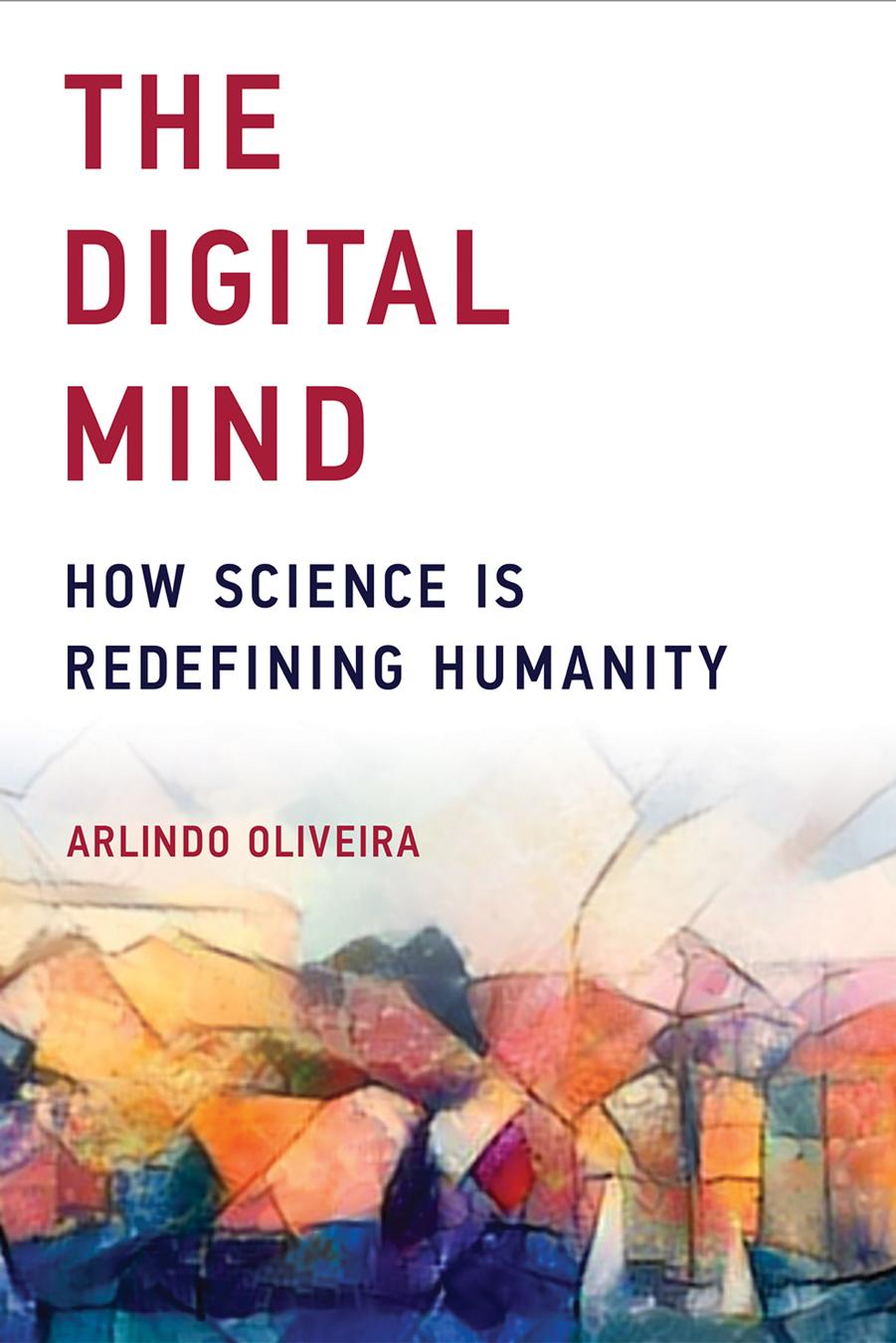The Digital Mind by Arlindo Oliveira

Author:Arlindo Oliveira
Language: eng
Format: epub, pdf
Tags: brains; minds; artificial intelligence; AI; machine learning; algorithms; computers; technological singularity; technology; digital consciousness; electrical engineering; computation; biology; neuroscience; cognitive revolution; ethics; policy; personhood; consciousness; cognitive science; computer science; evolution
Publisher: The MIT Press
Published: 2017-04-03T00:00:00+00:00
Digital Animals
The one-millimeter-long worm Caenorhabditis elegans has a long history in science as a result of its extensive used as a model for the study of simple multi-cellular organisms. It was, as was noted above, the first animal to have its genome sequenced, in 1998. But well before that, in 1963, Sydney Brenner proposed it as a model organism for the investigation of neural development in animals, an idea that would lead to Brenner’s research at the MRC Laboratory for Molecular Biology in Cambridge, England, in the 1970s and the 1980s. In an effort that lasted more than twelve years, the complete structure of the brain of C. elegans was reverse engineered, leading to a diagram of the wiring of each neuron in this simple brain. The work was made somewhat simpler by the fact that the structure of the brain of this worm is completely encoded by the genome, leading to virtually identical brains in all the individuals that share a particular genome.
The painstaking effort of reverse engineering a worm brain included slicing several worm brains very thinly, taking about 8,000 photos of the slices with an electron microscope, and connecting each neuron section of each slice to the corresponding neuron section in the neighbor slices (mostly by hand). The complete wiring diagram of the 302 neurons and the roughly 7,000 synapses that constitute the brain of C. elegans was described in minute detail in a 340-page article titled “The Structure of the Nervous System of the Nematode Caenorhabditis elegans” (White et al. 1986). The running head of the article was shorter and more expressive: “The Mind of a Worm.” This detailed wiring diagram could, in principle, be used to create a very detailed simulation model with a behavior that would mimic the behavior of the actual worm. In fact, the OpenWorm project aims at constructing a complete model, not only of the 302 neurons and the 95 muscle cells, but also of the remaining 1,000 cells in each worm (more exactly, 959 somatic cell plus about 2,000 germ cells in the hermaphrodites and 1,031 cells in the males).
The OpenWorm project, begun in 2011, has to overcome significant challenges to obtain a working model of the worm. The wiring structure of the brain, as obtained by Brenner’s team, isn’t entirely sufficient to define its actual behavior. Much more information is required, such as detailed models for each connection between neurons (the synapses), dynamical models for the neurons, and additional information about other variables that influence the brain’s behavior. However, none of this information is, in principle, impossible to obtain through a combination of further research in cell behavior, advanced instrumentation techniques (which I will address in chapter 9), and fine tuning of the models’ parameters.
The OpenWorm project brings together coders (who will write the complete simulator using a set of programming languages) and scientists working in many fields, including genetics, neuron modeling, fluid dynamics, and chemical diffusion. The objective is to have a complete simulator of all the electrical
Download
This site does not store any files on its server. We only index and link to content provided by other sites. Please contact the content providers to delete copyright contents if any and email us, we'll remove relevant links or contents immediately.
| Computer Vision & Pattern Recognition | Expert Systems |
| Intelligence & Semantics | Machine Theory |
| Natural Language Processing | Neural Networks |
Algorithms of the Intelligent Web by Haralambos Marmanis;Dmitry Babenko(9831)
Test-Driven Development with Java by Alan Mellor(7633)
Data Augmentation with Python by Duc Haba(7520)
Principles of Data Fabric by Sonia Mezzetta(7290)
Learn Blender Simulations the Right Way by Stephen Pearson(7212)
Microservices with Spring Boot 3 and Spring Cloud by Magnus Larsson(7043)
Jquery UI in Action : Master the concepts Of Jquery UI: A Step By Step Approach by ANMOL GOYAL(6445)
RPA Solution Architect's Handbook by Sachin Sahgal(6441)
The Infinite Retina by Robert Scoble Irena Cronin(6145)
Hadoop in Practice by Alex Holmes(6135)
Big Data Analysis with Python by Ivan Marin(5875)
Life 3.0: Being Human in the Age of Artificial Intelligence by Tegmark Max(5472)
Pretrain Vision and Large Language Models in Python by Emily Webber(4826)
Infrastructure as Code for Beginners by Russ McKendrick(4609)
WordPress Plugin Development Cookbook by Yannick Lefebvre(4329)
Functional Programming in JavaScript by Mantyla Dan(4215)
The Age of Surveillance Capitalism by Shoshana Zuboff(4205)
Embracing Microservices Design by Ovais Mehboob Ahmed Khan Nabil Siddiqui and Timothy Oleson(4102)
Applied Machine Learning for Healthcare and Life Sciences Using AWS by Ujjwal Ratan(4078)
